
Food on the Table is a meal planning service that tries to link the foods on sale at your local grocery store with recipe ideas to help you plan your shopping and cooking. They have a free trial, but right now if you sign up with promo code MAYFREE you’ll get their “premium” service free for life. There is a free iPhone/Android companion app so you’ll have a shopping list while you’re in the store. The main complaint seems to be that some stores aren’t covered, but my local Safeway store was. The site seems like a work in progress, but it’s an interesting idea.


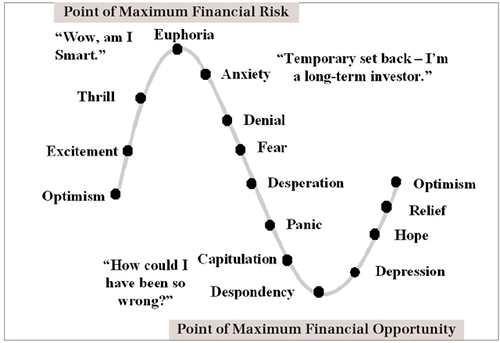
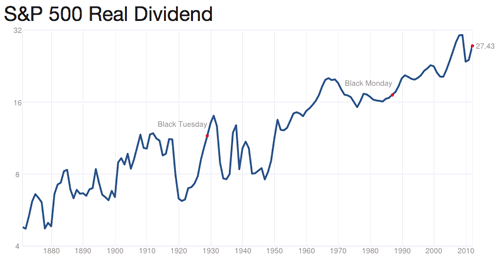
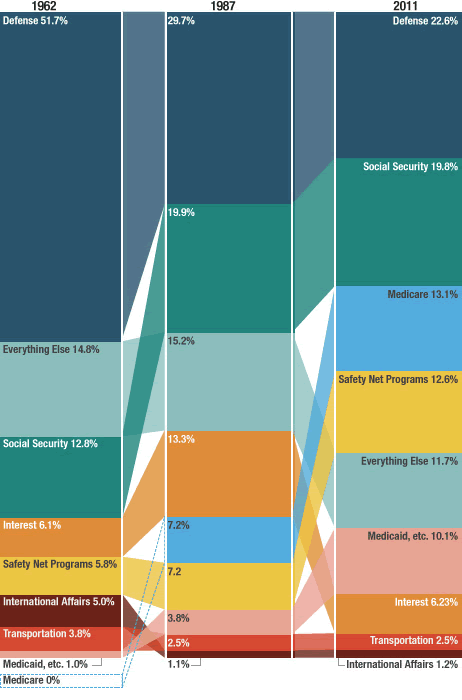
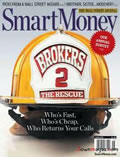 SmartMoney magazine has released the results of their
SmartMoney magazine has released the results of their 
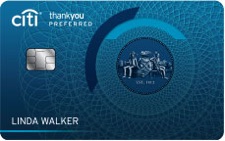 The
The 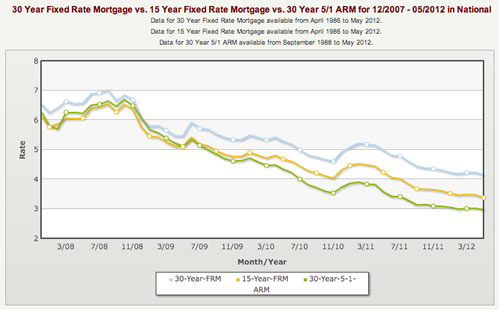
 Reaching financial independence faster boils down to either increasing your income or decreasing your expenses. This is why so many books and blogs focus on frugality and saving money. However, too often the term frugality conjurs up the image of an old woman eating gruel while separating her double-ply toilet paper into single-ply.
Reaching financial independence faster boils down to either increasing your income or decreasing your expenses. This is why so many books and blogs focus on frugality and saving money. However, too often the term frugality conjurs up the image of an old woman eating gruel while separating her double-ply toilet paper into single-ply.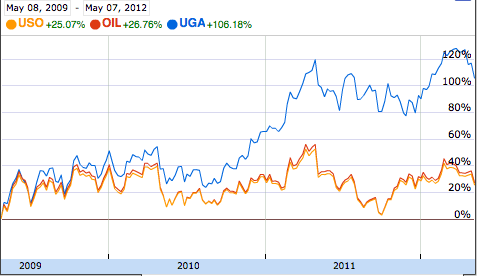

 The Best Credit Card Bonus Offers – March 2024
The Best Credit Card Bonus Offers – March 2024 Big List of Free Stocks from Brokerage Apps
Big List of Free Stocks from Brokerage Apps Best Interest Rates on Cash - March 2024
Best Interest Rates on Cash - March 2024 Free Credit Scores x 3 + Free Credit Monitoring
Free Credit Scores x 3 + Free Credit Monitoring Best No Fee 0% APR Balance Transfer Offers
Best No Fee 0% APR Balance Transfer Offers Little-Known Cellular Data Plans That Can Save Big Money
Little-Known Cellular Data Plans That Can Save Big Money How To Haggle Your Cable or Direct TV Bill
How To Haggle Your Cable or Direct TV Bill Big List of Free Consumer Data Reports (Credit, Rent, Work)
Big List of Free Consumer Data Reports (Credit, Rent, Work)